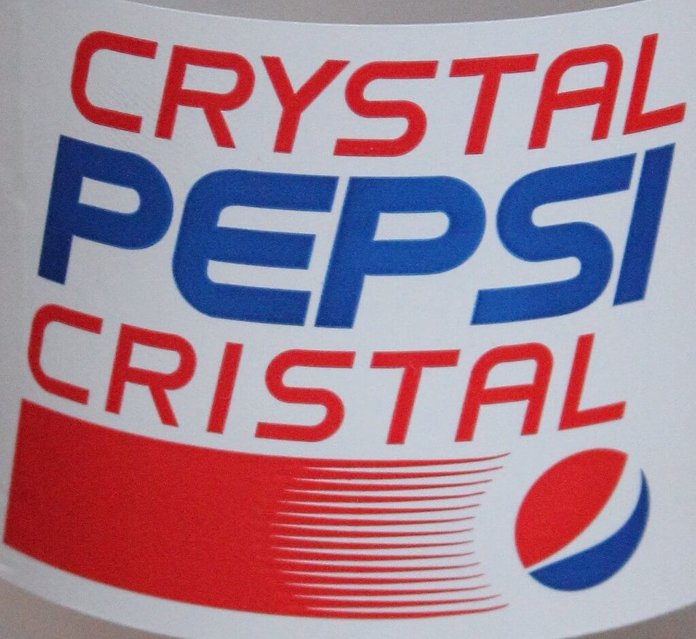
Some companies have product launches down to a science. Between extensive R&D, quality assurance checks, and thorough market research, it seems that many companies know more about the consumer than the consumer knows about himself.
Unfortunately, not all product launches can be successful. Though the product might be well meaning and marketing may be creative, sometimes the company simply fails to notice glaring flaws in their new releases.
5 baffling products made by otherwise awesome companies
The information and views contained in this piece are those of the author(s) and do not reflect the official opinion of Tharawat.
Windows Vista
Company: Microsoft
Released: 2007
No list of baffling products would be complete without Windows Vista. On January 30, 2007, Vista was released after the popular Windows XP operating system was on the market for almost 5 years. Vista was designed to relieve some of the most common criticisms of Windows XP such as security vulnerabilities.
Despite this, Vista was roundly panned, with users complaining about the slow speed, compatibility issues, and numerous notifications that forced users to approve minute details. PC World rated Vista as the biggest tech disappointment of 2007, and many users went through the trouble of downgrading back to Windows XP.
Three years after the launch, Windows Vista was still only the second most widely used operating system on the Internet with an approximately 19% market share, coming behind its predecessor Windows XP which had an approximately 63% market share.
Kitchen Entrees
Company: Colgate
Released: 1982
Brand extension is a marketing strategy in which a well-known brand launches a new product in a category outside its field of expertise. In 1982, Colgate attempted a brand extension of its own when it launched a line of frozen dinners called Colgate Kitchen Entrees. Unfortunately, the brand best known for its toothpaste was unable to prevent consumers from disassociating toothpaste with their frozen dinners.
Colgate Kitchen Entrees never made it to the global market as the product was pulled from shelves shortly after its launch. Not only did the frozen dinners fail to take off for Colgate, it also reduced the sales of toothpaste.
Colgate has since focused on personal care products and now controls an astounding 44.7% share of the global toothpaste market in 2011.
Walkman NW-ZX2
Company: Sony
Released: 2015
The Sony Walkman was an iconic piece of technology that entered the market 35 years ago, selling around 220 million units and redefining the music listening experience. This year, in a puzzling and rather outdated fashion, Sony is bringing back the Walkman in the age of the smartphone.
Sony unveiled the Walkman NW-ZX2 at the Consumer Electronics Show (CES), claiming that it “represents a new music experience for consumers where environmental restrictions no longer exist and they can freely enjoy the best music, regardless of where they are.”
Considering that people already use their smartphones as their primary music device to enjoy their music “regardless of where they are”, reviewers have pointed out that the need for a separate audio player seems rather redundant.
Shockingly, the new 128GB Walkman NW-ZX2 is priced at a whopping $1,200 apiece when even the 128GB iPhone 6 costs $849.
With Sony forecasting a net loss of $1.05 billion for the fiscal year extending a streak of unprofitable years, it remains to be seen if this puzzling device can help the company back to profitability.
Crystal Pepsi
Company: Pepsi
Released: 1992
‘New-age beverages’ are beverages that are considered to be healthy alternatives since they contain natural and harmless ingredients. In an attempt to enter the new-age beverage market in 1992, PepsiCo created the Crystal Pepsi, which was a healthy, clear and caffeine-free beverage. The launch was also an attempt at capitalizing on the “clear cola” movement of the early 1990s.
With a slogan that read “You’ve never seen a taste like this” and a $40 million advertising budget, the initial sales for Crystal Pepsi were solid, hitting $470 million and prompting rival Coca-Cola to release its own clear cola, Tab Clear.
However, sales quickly fell, as consumers were unable to taste the difference between Crystal Pepsi and regular Pepsi. Furthermore, even though Crystal Pepsi was supposedly the healthier cola alternative, it contained 130 calories compare to 150 calories in regular Pepsi.
In a December 2007 interview, Crystal Pepsi creator David Novak stated, “It would have been nice if I’d made sure the product tasted good. Once you have a great idea and you blow it, you don’t get a chance to resurrect it.”
Ready-to-Drink Coffee
Company: Maxwell House
Released: 1990
Globally, over 2.25 billion cups of coffee are consumed every day. In 1990, Maxwell House attempted to capitalize on this market by releasing the Ready-to-Drink Coffee. The product promoted convenience, as it served brewed coffee with cream and sugar in a carton that would make it easy for consumers to have coffee on the go.
However, the product had some critical flaws, the greatest of which was that the carton could not be microwaved. If the consumer wanted hot coffee, he was forced to pour the coffee into a mug in order to heat it, essentially defeating the purpose of the product.
Furthermore, the product was placed in supermarket coolers next to cold milk, which further confused customers considering that the imagery on the package showed a steaming cup of coffee and had no suggestions to have the coffee cold.









